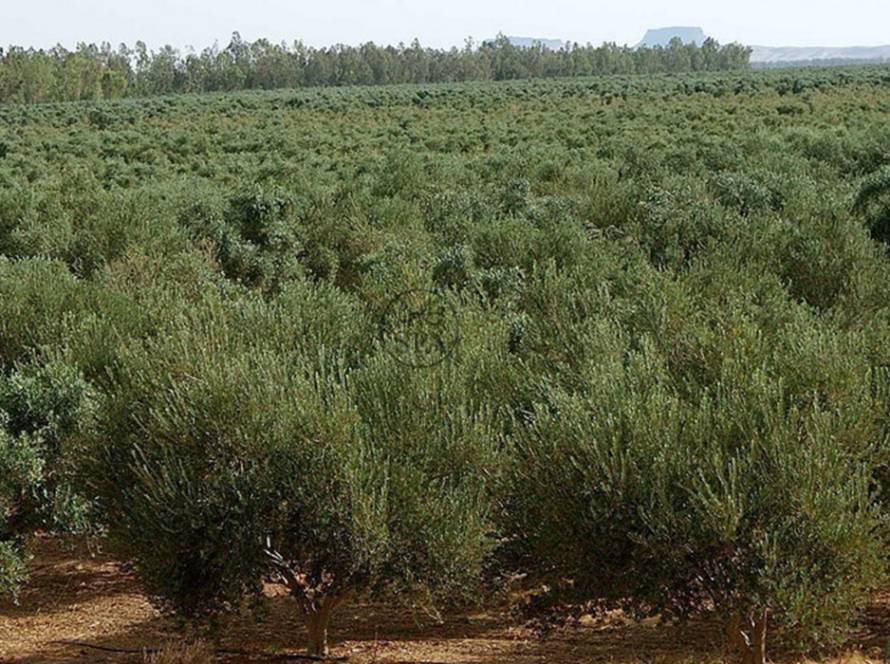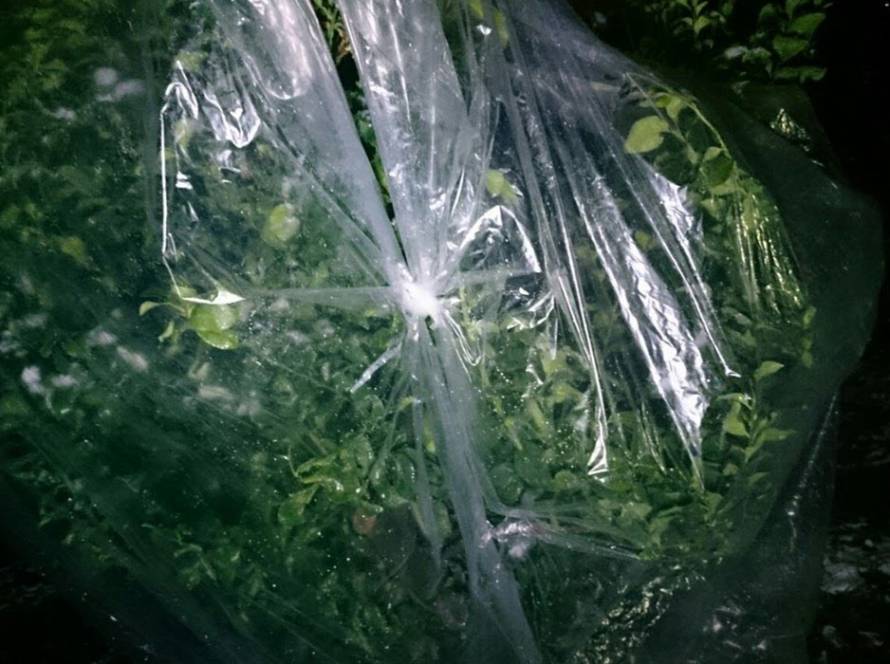“Sugar Alcohol”
The global fertilizer and agricultural input industry is experiencing rapid and continuous advancements aimed at innovating and producing fertilizers that ensure environmental safety while effectively improving the quality and quantity of agricultural products at relatively low costs. The nutrient elements, particularly the micronutrients, are often associated with simple organic compounds that are naturally synthesized within plants.
Attention has turned to glucose, the most abundant compound generated in plant tissues through photosynthesis. Glucose is naturally converted (enzymatically) into sorbitol by reducing the aldehyde group to a hydroxyl group, resulting in sorbitol, which is then chemically reacted with mineral nutrients to produce alcohol-based fertilizers.
Sorbitol has the molecular formula (C6H14O6) and a molecular weight of 182.17 grams/mol. It is produced industrially from glucose and is naturally found in apples, pears, cherries, and apricots. Sorbitol has several applications, including the production of pharmaceuticals, thickening agents to increase the viscosity of food products, anti-caking agents, use in cosmetics, and fertilizer production.
There are various types of sugar alcohols that differ in the number of carbon atoms and the spatial arrangement of hydroxyl (OH) groups in the compound, which influences their stability with nutrients. For instance, there are sugar alcohols with four carbon atoms and four hydroxyl groups, such as erythritol, and others with five carbon atoms and five hydroxyl groups. Sugar alcohols containing six carbon atoms and six hydroxyl groups include sorbitol.
The Connection of Sugar Alcohols to Nutrients
All types of sugar alcohols are referred to as organic ligands that act through their hydroxyl groups (OH) according to Lewis’s theory of acids and bases. The nutrient element acts as a Lewis acid, forming a bond known as a coordinate covalent bond. This allows the nutrient to connect with the sugar alcohol exclusively through this bond, achieving electrical stability with its accompanying ion. For example, copper sorbitol complexes are formed in copper sulfate sorbitol systems, where copper elements maintain electrical stability through their accompanying sulfate ions. In contrast, elements with a +2 or +3 charge connect with chelating agents containing carboxyl groups and nitrogen, such as EDTA, DTPA, and EDDHA, through ionic bonds in addition to coordinate covalent bonds, allowing the mineral element to achieve electrical balance while the accompanying anion dissociates.
Importance of Using Sugar Alcohol Fertilizers in Agriculture
- Rapid Absorption: Sugar alcohols are quickly absorbed by the foliage, addressing deficiencies in nutrients while simultaneously providing the plant with sugar alcohol, which directly enters metabolic cycles within plant tissues.
- Pathogen Resistance: Sugar alcohol fertilizers inhibit the activity of most pathogenic bacteria that can affect crops, a unique advantage of these fertilizers.
- Stability Variation: The stability of sugar alcohols in relation to mineral elements varies based on the number of hydroxyl groups and their spatial arrangement (axial vs. horizontal), affecting the number of coordinate bonds. The more bonds a sugar alcohol forms with a nutrient, the greater the fertilizer’s stability. High stability can be achieved when using metal hydroxides that react with sugar alcohol, releasing water (H2O) from the interaction of the metal’s hydroxyl group and the sugar alcohol’s hydroxyl group. The method of application depends on the stability of the alcohol-based fertilizer; for instance, foliar spraying does not require high stability, unlike soil application.
- Ion Interaction: Sugar alcohols interact with mineral anions differently than traditional chelating compounds (like EDTA). For example, sorbitol interacts with boric acid or sodium metaborate through a coordinate bond linking the positive charge of the boron cation to the negative charge on the oxygen of the hydroxyl group in sorbitol, following Lewis’s acid-base theory.
Common Types of Sugar Alcohol Fertilizers Available Globally
- Sugar Alcohol Calcium Fertilizer: Contains 21% Ca (weight/volume)
- Sugar Alcohol Boron: Contains 15% Boron (B) (weight/volume)
- Sugar Alcohol Zinc: Contains 15.88% Zinc (Zn) (weight/volume)
- Sugar Polyol Calcium & Magnesium: Contains 15% Ca and 1% Mg (weight/volume)
These alcohol-based element fertilizers can be applied by spraying on the plant foliage or with irrigation water (drip or pivot systems).
References:
- Fac. Fish. Anim. Husb., Hiroshima Univ. (17): 107-116 (1978)
- Bull. Chem. Soc. Jpn. (71): 161-166 (1998)
- Russian J. General Chem. (75): 1687-1692 (2005)
- J. Bangl. Chem. Soc. (25): 15-20 (2012)
- HortScience (49)8: 1067-1070 (2014)
Source:
Dr. Mohamed Noufal, Professor of Soil, Water, and Environment at the Agricultural Research Center.



